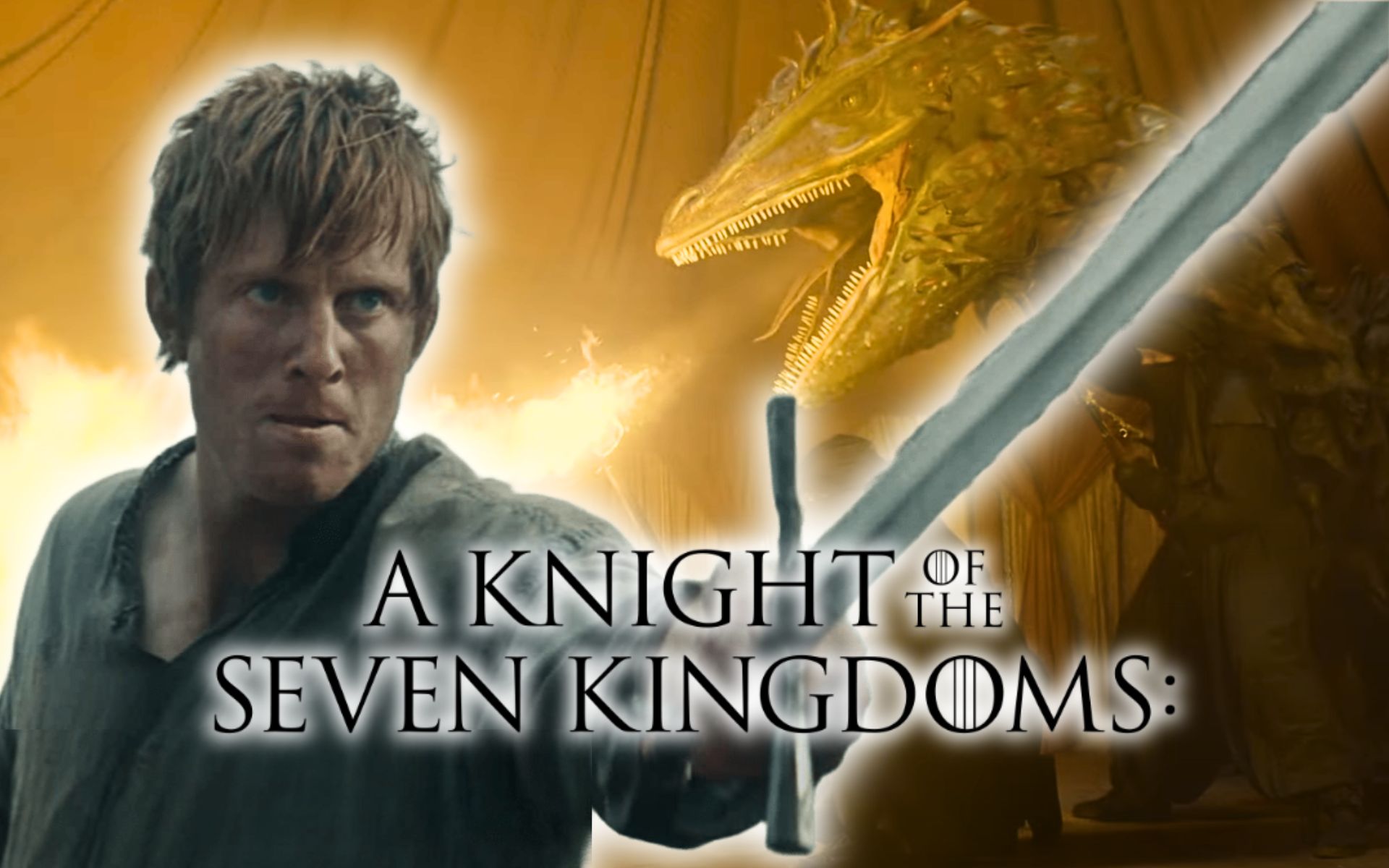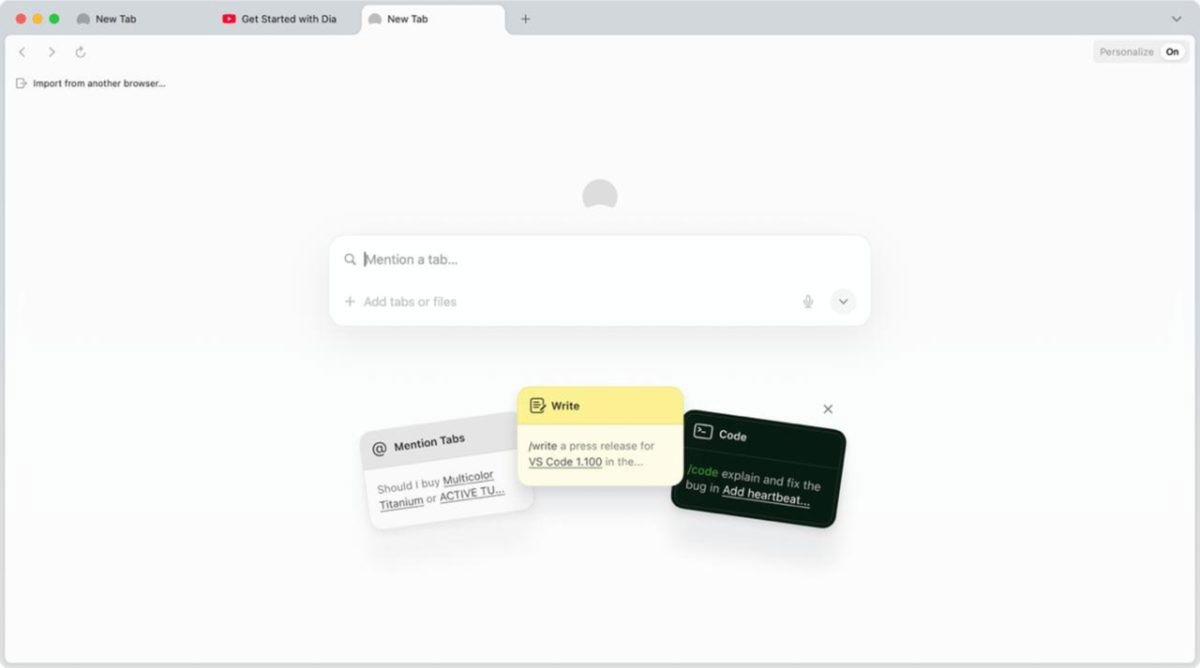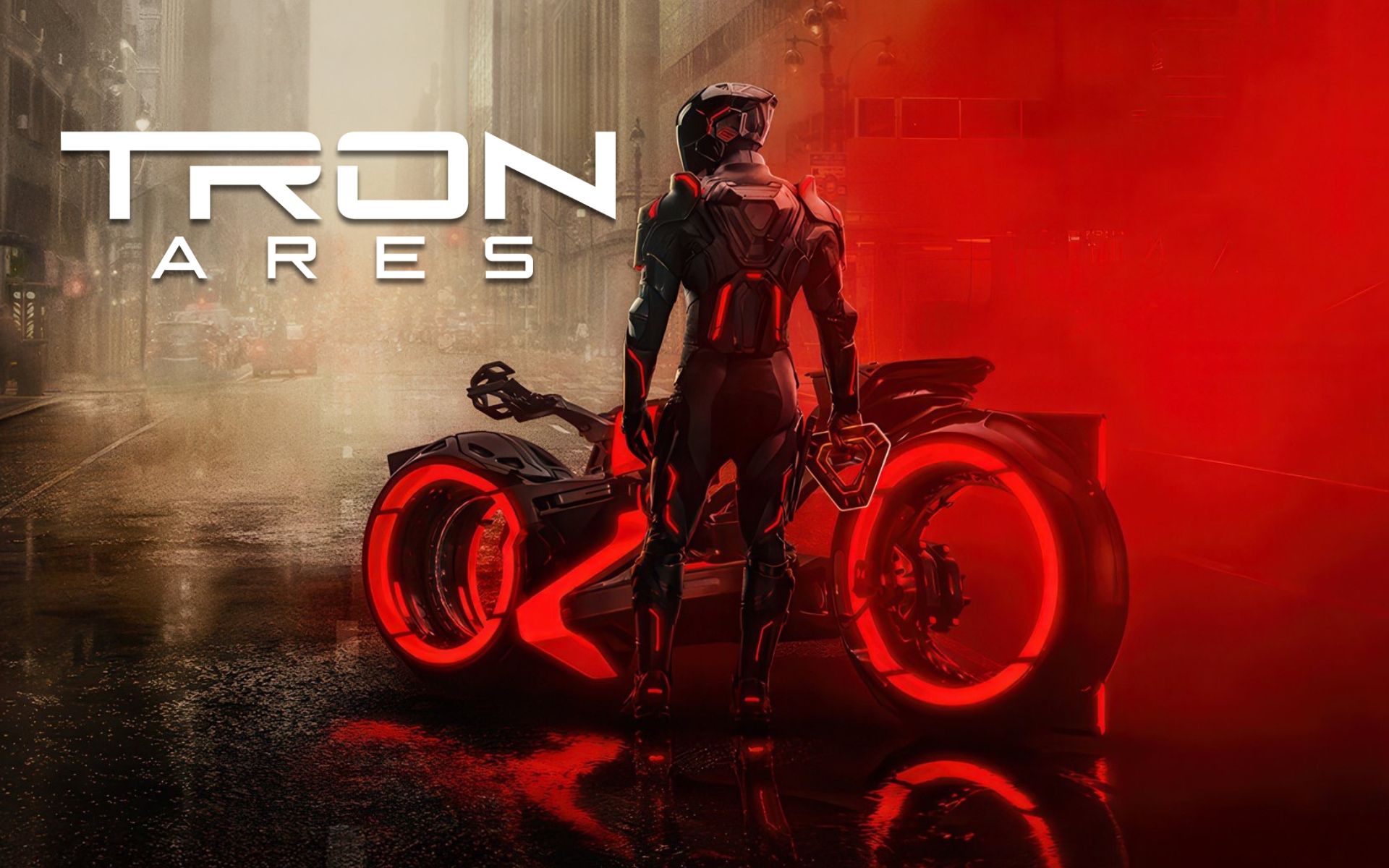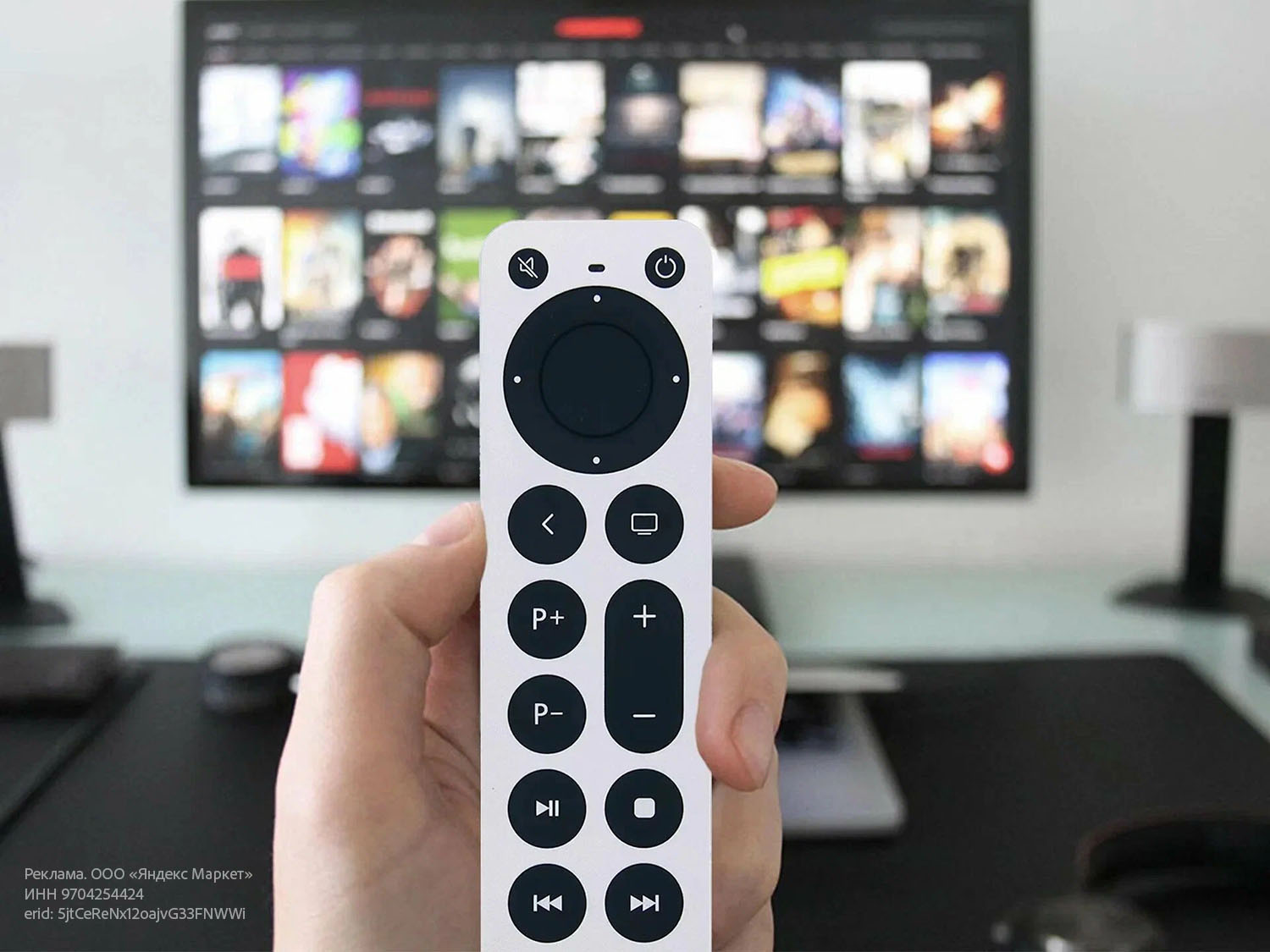The soap opera continues with another twist in the script. Elon Musk agreed to buy Twitter in accordance with his original offer, as he loses more than he wins in court. But he did so with a new surprise: he revealed that the purchase of Twitter would be part of a plan to create X, “the app for everything,” as he himself said, of course, on Twitter.
But what is X and where did this concept come from? X was already the name Musk gave to one of his first big companies, the fintech company that eventually became PayPal’s seed. After owning it a few years ago, he bought the x.com domain for an undisclosed amount that was no doubt significant.
But after he announced his new plans, the initial idea that comes to mind is to think of a possible Twitter evolved into X as something very similar to China’s WeChat super app.
Musk did not give details, but Tesla CEO openly admires Tencent-owned appwhich has evolved from a messaging service into a mini internet used by over a billion Chinese daily.
In WeChat, users can communicate with family members, as well as read the news, order food delivery or a taxi. For many reasons, there is no need to leave it, which has also led to accusations by the Chinese Communist Party that it is a tool of control.
This is made possible by a dynamic network of “widgets” that connect directly to the WeChat interface, which is also one of the largest online finance and payment networks in China. Users send money to each other, pay for purchases and services, and even request loans.
This WeChat mini app economy is worth about $240 billion and has grown by 12.5% to reach 450 million users in 2021. In short, WeChat works as a one-stop service that combines the use of apps like Facebook. , Twitter, Uber, Instagram or Paypal.
But the comparison with WeChat may be unfortunate.
In a meeting Musk had over the summer with Twitter workers during his first purchase attempt, Musk had already made it clear that his vision for the social network was to grow it. And there he already called Wechat.
But there is something more interesting. In the conversations that came to light as a result of the court battle between Jack Dorsey and Musk, the idea that Twitter – or X – works, is supported by a blockchain protocol and in which “sending messages has a minimal cost.”

The idea is similar to some that have already been circulated to address email spam. If we had to pay a minimal fraction of a cent for each tweet, it might cost users nothing, but it would negate the automatic use of many spammers.
And then by making it a messaging protocol, there won’t be a central company to censor them or not. This, it’s not the most profitable way for WeChat, but it would be a major change for the current Twitter.recalls an idea that Dorsey himself was already putting forward at the time, and that was one of the reasons why, seeing it as unworkable, ultimately forced him out: the BlueSky project we’ve already talked about here.
Dorsey defined it at the time as “like an app store that offers people maximum flexibility in terms of the algorithms they want to use to view the publications they present.”
Bringing it down to earth would mean changing our relationship with social media to the one we have with the email manager. With a common protocol, we can add as many email accounts as we want to our manager – Gmail, Outlook, Mail. Each from its own domain, with its own usage and rules.
On practice, Bluesky is aiming to find a common protocol where perhaps in the future we will connect to one application where we can find the Twitter feed, organized as we see fit.. Or maybe rule-driven Facebook notifications that we can better mark up. In short, bring everything under one umbrella so that within this protocol we can create our own spaces based on communities, related topics and certain moderation rules.
Twitter, in its own way, was already on its way to becoming a super app.

But Musk’s push to make Twitter a super app also means it’s profitable. Let’s just say right away that Twitter has always had a relationship that is far from profitable. And Musk, if anything seems obvious, it’s that he can make it better or worse, but he doesn’t want to lose money. Hence its supposed intentions to improve functionality.
Twitter was the great social network that cost the most to be profitable.. He achieved this in 2018, repeated in 2019, and in 2020, due to a drop in advertising due to the pandemic, he returned to red numbers. Everything while its users seemed to follow the plane.
So far, Twitter has generated 90% of its revenue from advertising and from the processing and licensing of data used anonymously for consumption analysis.
As we said, this goal of becoming a super app is not new, although it was promoted by the new CEO Parag Agrawal.
Analyst Scott Galloway argued a few months ago that building a Chinese-style SuperApp to create a product broad and profitable enough to find a buyer for Twitter was his management’s next challenge after Dorsey’s expulsion from the company. steering wheel
Following the crumbs of this proposed plan, Twitter is buying several smaller apps from 2021 and integrating them. It is true that it is unsystematic. Revue (for newsletters, which now, however, seem almost obsolete), Spaces or the circle feature, Twitter Blue are all features that came after a long list of small acquisitions.
Source: Hiper Textual












